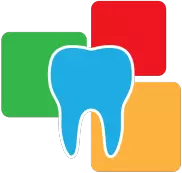Dentist-Approved Brushing Techniques: A Step-by-Step Guide
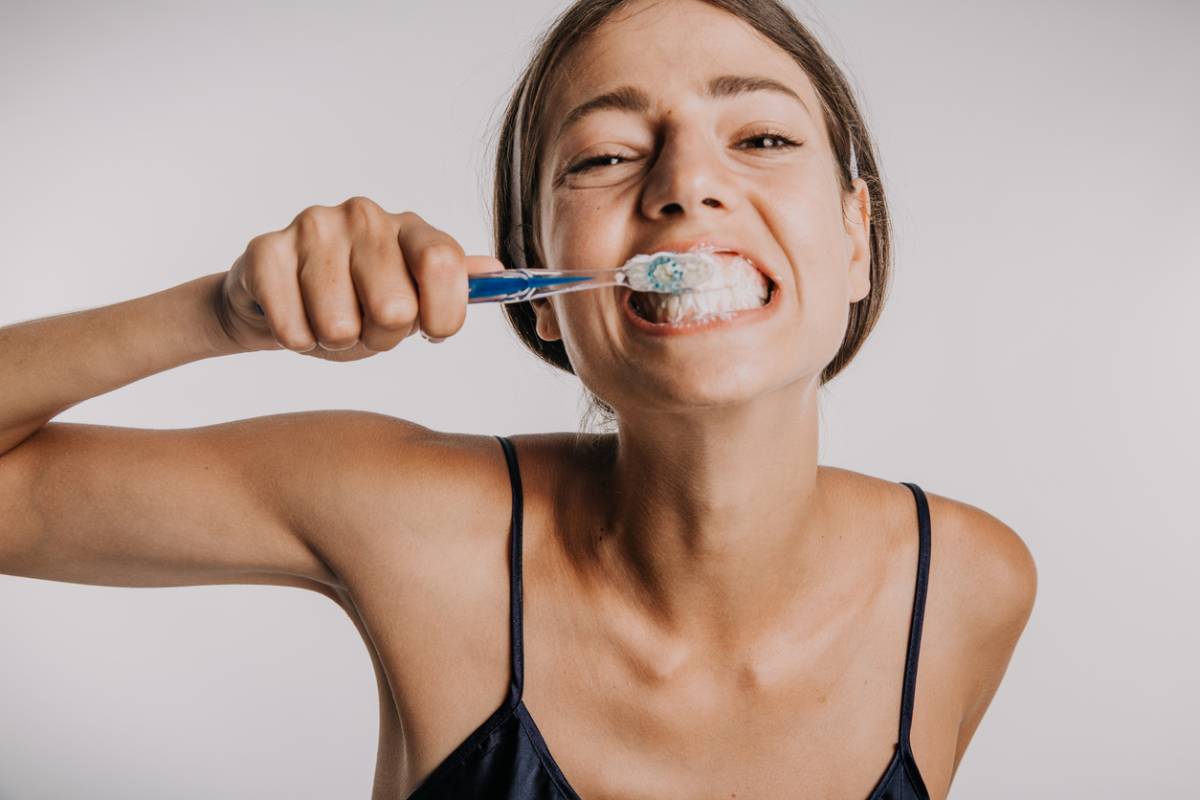
Maintaining good oral hygiene is crucial for a healthy smile and overall well-being. Ensuring optimal oral health starts with the fundamental practice of tooth-brushing, a crucial method for preventing dental caries and periodontal diseases. Understanding the diverse tooth-brushing techniques is vital, and our guide will help you navigate the various methods tailored to individual needs. For the best dental care, choose the right method and device, and make tooth-brushing a habitual part of your oral hygiene routine. One of the fundamental aspects of oral care is proper brushing technique. In this comprehensive guide, we'll explore dentists near me and dentist-approved brushing techniques step by step, ensuring you achieve optimal results for your oral health.
Why Tooth-Brushing Matters:
Tooth-brushing serves two primary purposes: removing dental plaque from tooth surfaces and promoting gingival massage for early inflammatory gingiva enhancement. With numerous techniques available, such as horizontal scrub, rolling, Bass, Stillman, Charters, Fones', and Watanabe’s method, selecting the appropriate one depends on factors like age and oral health. The choice of tooth-brush and oral hygiene devices further tailors the approach to individual needs.
1. Choosing the Right Toothbrush
Begin your oral care journey by selecting the right toothbrush. Dentists often recommend a soft-bristled brush to prevent damage to the enamel and gums. The size of the toothbrush head should be comfortable and allow easy access to all areas of your mouth.
When choosing a toothbrush, opt for one with soft bristles to avoid causing damage to your teeth and gums. Soft bristles are effective in cleaning without being abrasive. The size of the toothbrush head matters too; it should be small enough to reach the back of your mouth easily.
2. Optimal Brushing Time
Contrary to common belief, longer brushing isn't necessarily better. Dentists advise brushing for a minimum of two minutes, ensuring you cover all surfaces of your teeth, including the front, back, and chewing surfaces.
Set a timer for two minutes to ensure you're brushing for an adequate amount of time. Divide your mouth into quadrants and spend at least 30 seconds on each section. This approach ensures thorough cleaning and prevents rushing through your brushing routine.
3. Proper Brushing Technique
1. Patient above 7 years:
For general dental patients aged 7 years and above without special problems or dental appliances, the modified roll’s method is recommended. This method involves a horizontal scrub and sweeping motion, targeting buccal, lingual, occlusal, inner front teeth, using a soft-hardness toothbrush. This technique effectively addresses plaque removal, gingival massage, and prevents calculus deposit.
2. Children under age 6:
Preschool children are best suited for the Fones' technique. This circular brushing method is easy for young children to learn. As they grow, transitioning to the rolling technique is advisable.
- Device Tooth-Brush: Small Size
- Effect: Easy Habit Formation, Prevention of Gingivitis
3. Pyorrhoea Patient:
For individuals with gingivitis and a wider area affected by periodontitis, the Modified Stillman's method is recommended. This method involves short, soft zig-zag vibrations, followed by a rolling movement for effective cleansing.
- Device Tooth-Brush: Soft brush
- Effect: Gingival Massage, Hypersensitivity Reduction
4. Bridge and Tooth Cap:
Bridge wearers can use the Charters method to clean inter-proximal and pontic areas. The technique involves short vibratory actions, inserting the bristle tip into the proximal or bottom of the pontic area.
- Effect: Proximal Cleansing, Pontic Care
5. Braces Patient:
Patients with fixed orthodontic appliances can follow a multi-step approach. Horizontal scrubbing cleans upper and lower brackets, followed by short vibrations on upper, lower, and subgingival sulcus areas. Rolling motion is then applied to the lingual surface, with back-and-forth strokes on the occlusal surface. Interdental brushes and water picks are recommended for cleaning proximal areas and around brackets.
- Device Tooth-Brush: Concave head, Water Pik
- Effect: Bracket Cleaning, Gingival Massage, Proximal Cleansing
6. Sensitivity in Teeth:
For those with hypersensitive dentin due to cervical abrasion, the rolling technique is advised. This technique is particularly useful for individuals who habitually brush horizontally for extended periods.
- Device Tooth-Brush: Soft brush
- Effect: Desensitization
7. Dental Implant Patient:
Implant patients can adopt Watanabe's tooth-pick method. Insert the brush tip into the proximal area of the implant tooth, applying zig-zag vibrations from buccal to lingual. If challenging, the rolling method is a suitable alternative.
- Device Tooth-Brush: 2-lane Brush, Water Flosser
- Effect: Peri-implantitis Prevention
Tips:
a. Positioning the Toothbrush
Hold your toothbrush at a 45-degree angle to your gums. This allows the bristles to clean along the gumline effectively.
b. Inner and Outer Surfaces
Clean the inner and outer surfaces of each tooth. Tilt the brush vertically to reach the inside of the front teeth.
c. Brushing the Tongue and Roof of the Mouth
Don't forget your tongue and the roof of your mouth. Bacteria can accumulate in these areas, contributing to bad breath.
4. The Right Toothpaste
Choose fluoride toothpaste to strengthen enamel and prevent cavities. Consult your dentist for recommendations based on your specific oral health needs. Fluoride toothpaste is crucial for protecting your teeth against cavities and strengthening enamel. Look for toothpaste with the ADA (American Dental Association) seal of approval to ensure it meets the necessary standards for safety and effectiveness. If you have specific dental concerns, consult your dentist for personalized toothpaste recommendations.
5. Frequency of Brushing
Brushing at least twice a day, preferably in the morning and before bedtime, is crucial. Consistent brushing helps control plaque buildup and maintains fresh breath.
Make it a habit to brush your teeth at least twice a day, ideally in the morning and before bedtime. This routine helps remove plaque and bacteria that accumulate throughout the day and night. Consistency is the key in maintaining good oral health.
6. Flossing and Mouthwash
Supplement your brushing routine with flossing and mouthwash. Flossing removes debris between teeth, and mouthwash helps kill bacteria in hard-to-reach areas.
Flossing is essential for reaching areas between your teeth that a toothbrush can't access. Use dental floss or interdental brushes to clean between teeth and along the gumline. Additionally, incorporate a dentist-recommended mouthwash into your routine to further reduce bacteria and promote a healthy mouth.
Finding Dentists near You
While mastering proper brushing techniques is essential, regular dental check-ups are equally important. Search for "dentists near me" online or ask for recommendations from friends and family to find a qualified dentist in your area. Regular dental visits ensure early detection of issues and personalized oral care guidance.
Regular dental check-ups are crucial for maintaining optimal oral health. Search online or ask for recommendations to find dentists in your area. Look for reviews and ratings to ensure you choose a reputable practitioner. Regular dental visits not only help detect and address issues early but also provide an opportunity for personalized advice on your oral care routine.
Conclusion
Proper tooth-brushing is the cornerstone of preventive dental care. By incorporating these dentist-approved brushing techniques into your daily routine and visiting a reputable dentist regularly, you can maintain excellent oral health Understanding the diverse techniques and selecting the right one based on individual needs is crucial. Whether you're a general dental patient, a preschool-age child, or someone with specific oral issues, our comprehensive guide ensures you make informed choices for optimal oral health. Discover the best dentists near me to receive personalized guidance on maintaining a healthy and vibrant smile. . Remember, a healthy smile starts with proper brushing and a commitment to overall oral care.
- A-3, Natraj Nagar near Imli Phatak, Jaipur-302015
- +91 9945826926
- contact@amddentalclinic.com
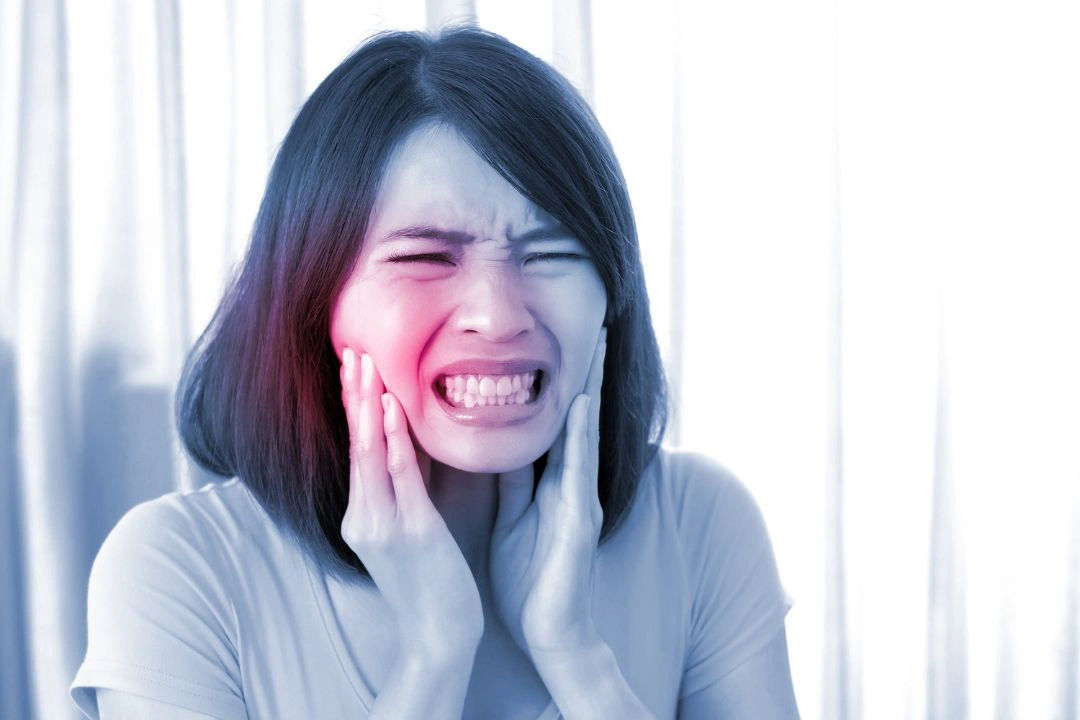
Protect Your Teeth from Sensitivity – Expert Tips Inside!
Say goodbye to tooth sensitivity with expert tips! Learn how to protect your teeth, reduce discomfort, and enjoy a pain-free smile with effective remedies. Read now!
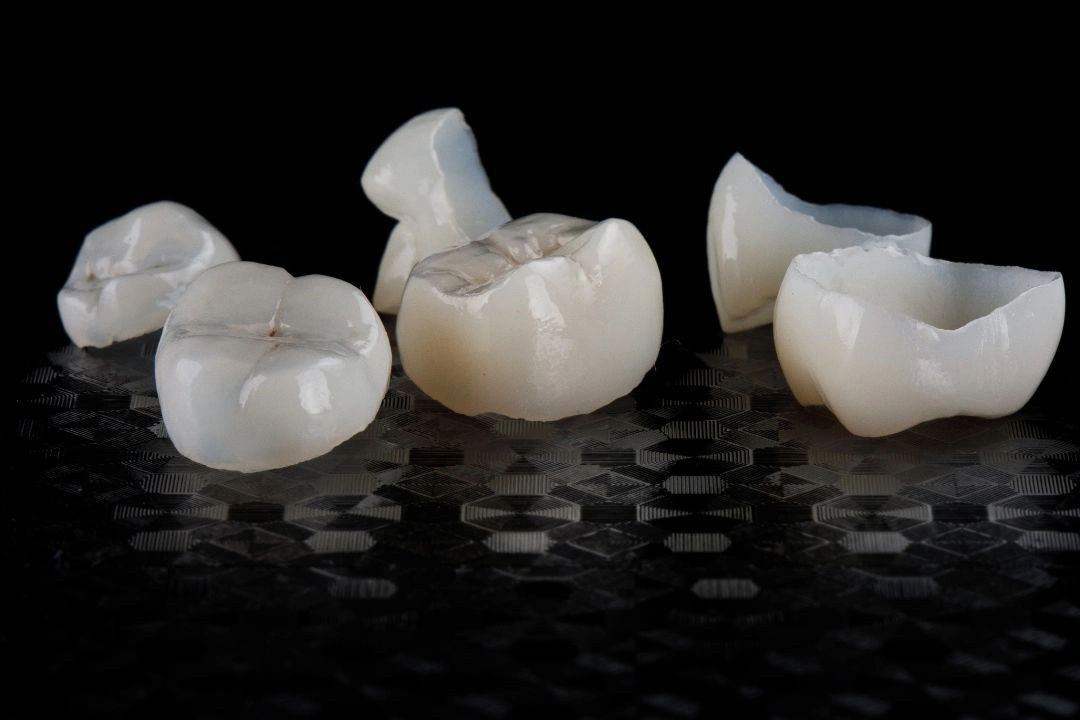
Shine Like a Star! Best Dental Crowns for a Flawless Smile
Get a flawless smile with the best dental crowns at AMD Dental Clinic! Restore damaged teeth with durable, natural-looking crowns. Book your consultation today for a radiant smile!
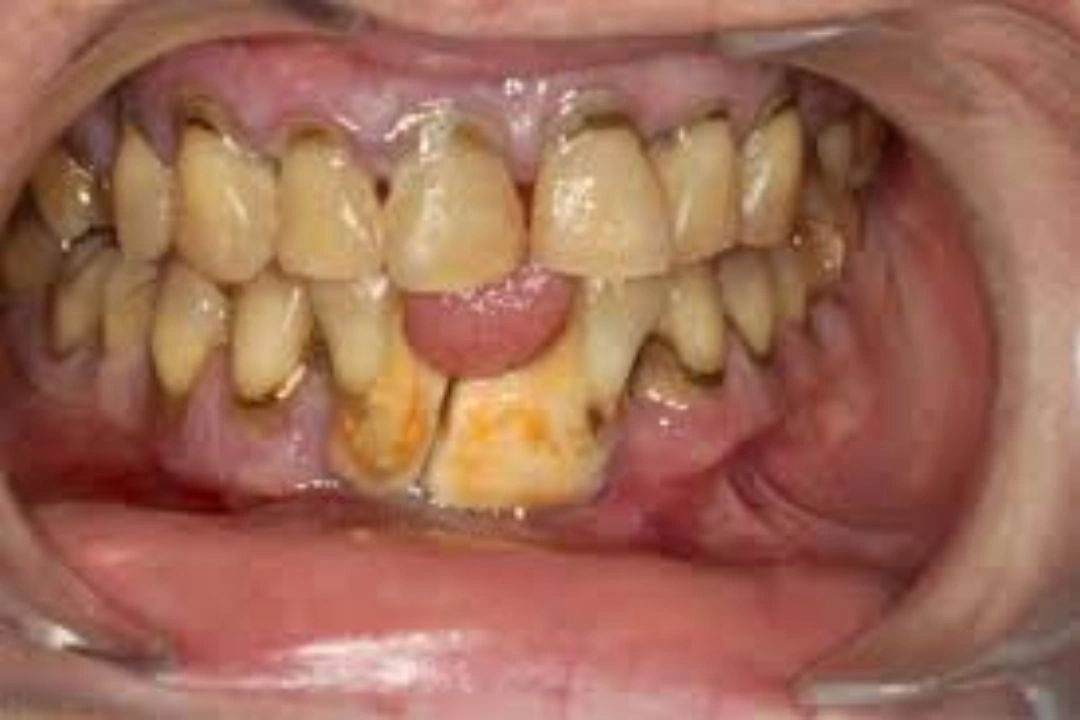
Pyorrhea Treatment: Can You Reverse Gum Disease Naturally?
Discover effective Pyorrhea treatment options and learn how to reverse gum disease naturally. Explore home remedies, professional treatments, and prevention tips for healthier gums.
